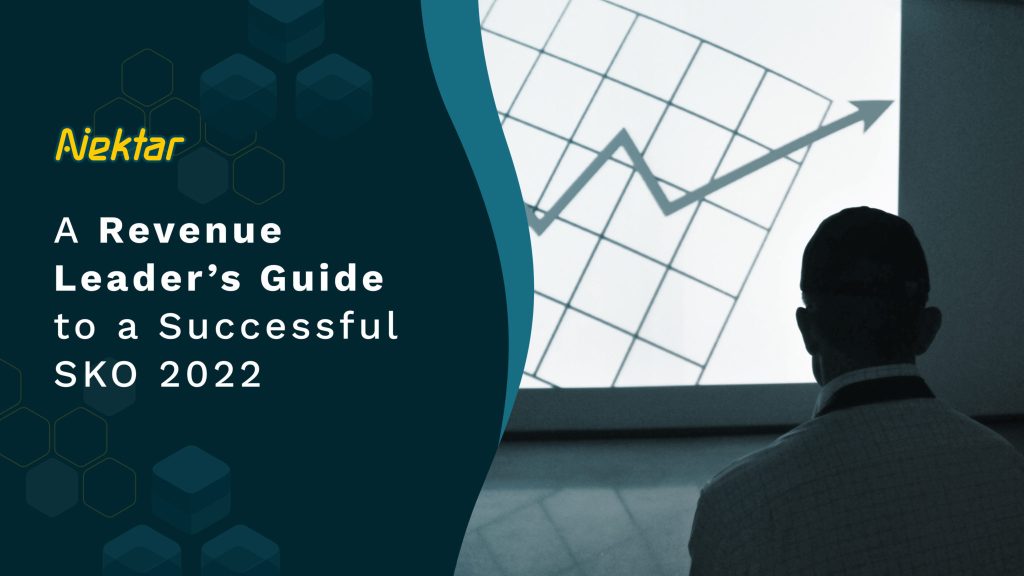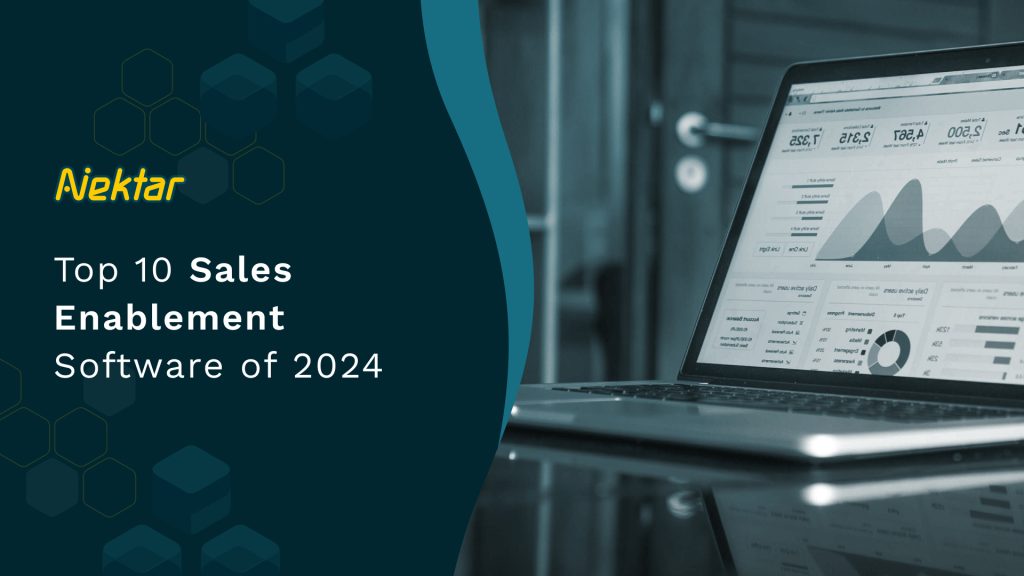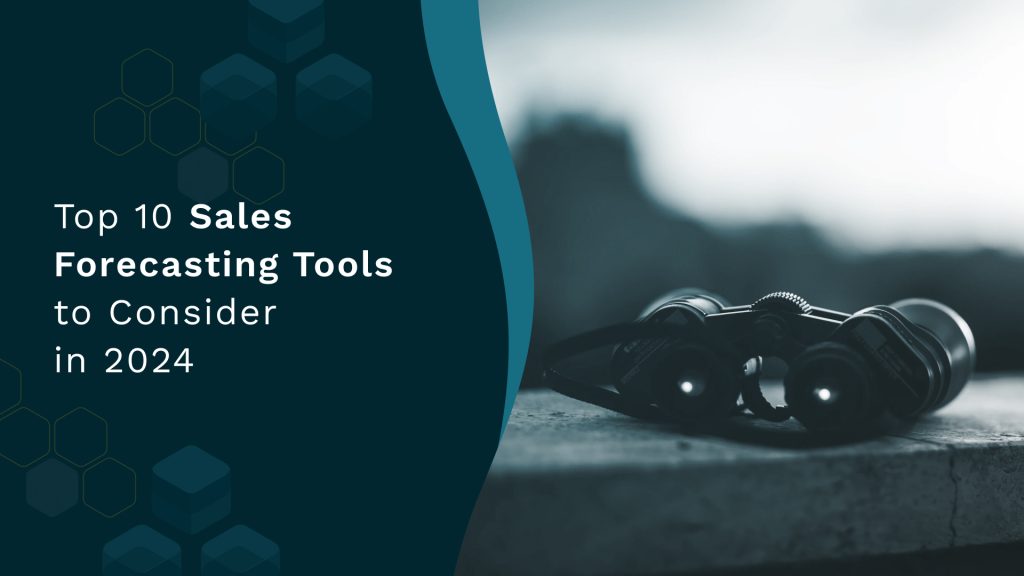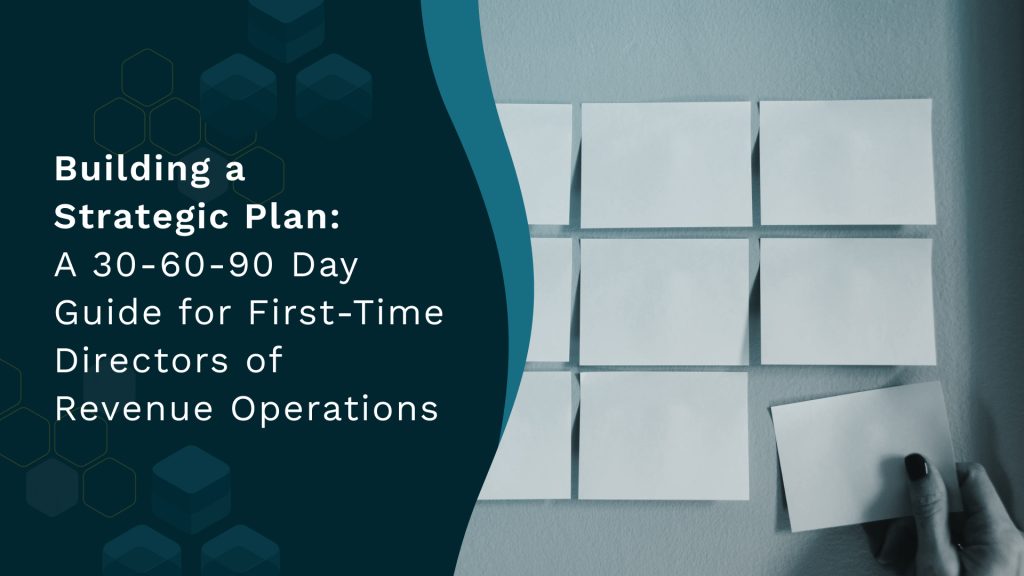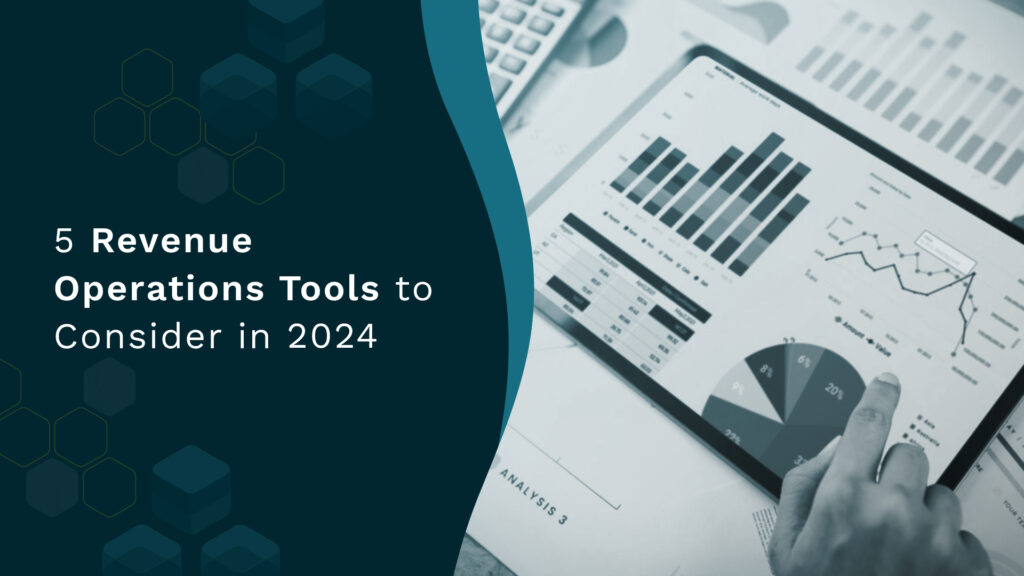A Revenue Leader’s Guide to a Successful SKO 2025
A Revenue Leader’s Guide to a Successful SKO 2025 Sales 10 min As revenue leaders, you must be busy preparing for your Sales Kick Off (SKO) for 2025. With so many challenges being carried forward from the last two years, are you wondering what a modern SKO might look like for the coming year? The approach you take must communicate your go-to-market strategy for the year ahead, and set up your sales reps for success. To make this happen, you will have to address some of the most pressing challenges that your sales reps face. In this article, we have compiled top tips from 15 revenue leaders on what they plan to do differently for their SKO 2025. These are the top use cases these leaders plan to focus on. We believe it will be helpful in making your next SKO a game-changing event and will help you drive your revenue acceleration plans. 1. Understand who your reps are speaking to and at what stage Your sales reps probably speak to multiple prospects on a daily basis. However, the most initial prospects might not always be the most valuable when it comes to closing deals. As the sales cycle proceeds, it’s not uncommon for different personas or buyers to enter the conversations. The more information your reps have on these new entrants, the easier it will be for them to close deals faster. In short, your sales reps must be adequately equipped to handle dynamism with respect to buyer queries at different stages of the sales cycle. For instance, a deal might be at a later stage in the sales process, and a new persona might enter into the conversations through your email threads. This should not go unnoticed, and your system should alert on the role that this new stakeholder might play in the deal journey. Instead of being lost on new buyer personas entering the sales conversations, the right tool can help you figure out some of the following questions: Is the new persona valuable in accelerating my deal cycle? Does the new persona have a say in the decision-making process? Does the new persona affect my deal size? Depending on the answers you get, your sales managers can coach reps about the persona(s) that are now a part of the buying committee. They can also educate reps on how to handle the probable objections that might come with them. This way, your sales reps will be alerted and prepared to mould the forthcoming conversations with the new persona in mind. 2. Use activity data to understand if the deal is real Sales pipeline management continues to be one of the most challenging aspects of managing a sales team. While there are automation tools that have made it simpler for sales managers to create detailed sales pipeline reports, the quality of these reports might not always be of value. The key reason is sales pipeline bloating. Over a period of time, your sales pipeline might get bloated with many opportunities that are no longer viable. This happens because your sales reps might not want to eliminate any deal opportunity, even if no conversations have taken place in a long time. Your sales reps might also believe that the bigger the pipeline is, the more value it holds or creates a positive image of their selling skills for their managers. However, the truth is that these opportunities end up wasting time and resources when conversations are missing. They need to be eliminated from the pipeline so that reps can focus on deals that are actually valuable. If your sales managers have a clear picture of where the pipeline looks bloated, they can decide on how to drive predictable quarters for themselves. The activity data of the reps can be used as a leading indicator to determine which deals are real and whether the deal has a potential to be closed or not. This significantly improves the sales cycle and helps focus on deals that actually yield positive returns for your organization. 3. Monetize the value of your CRM Sales technology, such as CRM tools have become an integral part of the sales process for top-performing organisations. While CRMs solve a lot of challenges sales teams face, they also have certain limitations. Sales people spend 17 percent of their day entering data into their CRMs. This struggle to find clients, research and keep CRMs up-to-date can suck out the energy of your sales reps, leaving less time for them to spend on more strategic and revenue-generating activities. CRMs also run the risk of carrying incomplete data as manual entry is prone to error. Overtime, CRM data can also become stale and not really add any value to closing deals. Your sales reps are busy. You need to give them automation solutions that make their lives easier. According to Hubspot’s Global Sales Enablement Report 2021, leaders and managers who use automation as a part of their sales process are exceeding revenues. Automation is helping reps improve their productivity and close more deals by eliminating manual tasks from their everyday life. By automating parts of their sales process, sales leaders free up rep time to focus on selling. A system that logs all activities of your sales reps, creates contacts and updates business objects such as accounts and opportunities in your CRM without any human intervention can potentially free up five to six hours of their time per week. Nektar maintains CRM hygiene by automating the data entry process and provides timely and accurate insights on revenue activities, delivering 3 key values -100% CRM hygiene, higher win rates, and increased deal velocity. 4. Improve playbook compliance for consistent selling Poor internal processes can be the major reason causing deals to slip through the cracks. When reps from your teams communicate differently with customers, it might harm your brand’s reputation. A playbook freezes the sales process to be followed, and helps create a strong foundation for your teams. An HBR study found that 50 percent of high performing sales organisations had sales processes that were closely
